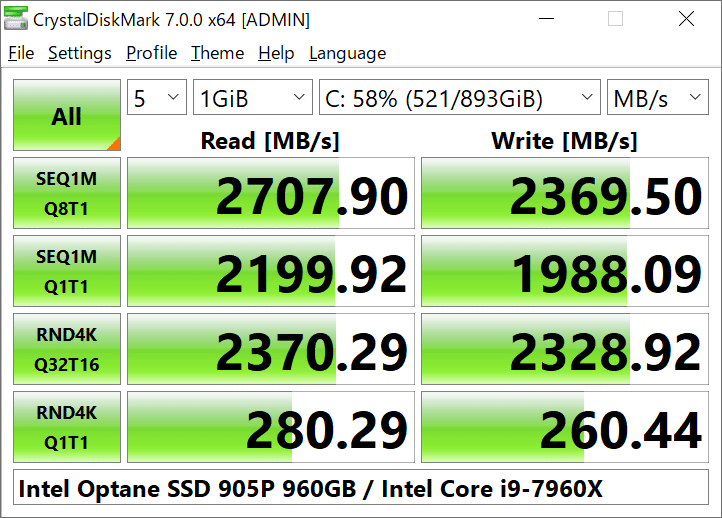

Furthermore, Iostat shows the same results (ignore the dm devices because they are part of LVM). RM size, RO mount type, SAS 8:0, 40g 0 disks.

If you want to find a specific disk that outputs something like: lsblk | grep -e /NAME -e. I pasted sudos because I did not receive any output from fdisk or df during normal operation of the commands. Blocks are used to convey the message, and it is readable by humans. The disks in /dev/sdx -l can be found with the help of cd /dev/sdx -l. df -H will give you information on how much disk space is used, how many disk slots are used, how much percentage is used, and the mount point for each disk on your system (Figure 1). A -H switch is the preferred format for human readable information.
Ssd health linux how to#
How To Check Physical Disk In Linux?ĭf -H is the command that follows. The Self-Monitoring, Analysis, and Reporting Technology (SMART) system built into many ATA-3 and later hard drives is managed by smartctl. When you use Linux or UNIX, the smartctl command is the control and monitoring utility for the SMART disk. The Linux operating system’s equivalent command isfsck you can only run it on disks and filesystems that are not hibernation. After running a check disk command, if kdsk cannot be run because volume is in use by another process, the /r parameter is not set correctly. Navigate to the error-checking page and then click Check Now… to scan for and attempt recovery of bad sectors.
Ssd health linux windows#
To check a hard disk in Windows XP, right-click on it and select Tools. C: will no longer appear on your hard drive unless you use the letter C. If Windows Vista is installed on a drive that does not have the C designation, it will not work. When using the Command Line Interface, you can create a read-only utility by typing chkdsk and pressing Enter. Furthermore, it can identify all the bad sectors on a disk volume by scanning every sector. Corrupt entries in a volume’s master file table, weak security descriptors, or misaligned time stamp information are all examples of logical errors that it can detect on the disk. The chkdsk system tool and command run utility can be used on both DOS and Windows-based computers to check the file system and hard drive status. By the end, you’ll have a better understanding of how to use CHKDSK in a Linux environment. In this article, we’ll explain the steps required to do this, as well as provide some tips on how to troubleshoot common filesystem issues that can be identified by CHKDSK. But what if you’re using a Linux operating system instead? Is it still possible to perform certain maintenance tasks such as running CHKDSK? The answer is yes, you can indeed run CHKDSK from Linux, but the process is a bit more complicated than it is in Windows. When it comes to computer maintenance and troubleshooting, the Windows operating system has long been the go-to platform of choice.


 0 kommentar(er)
0 kommentar(er)
